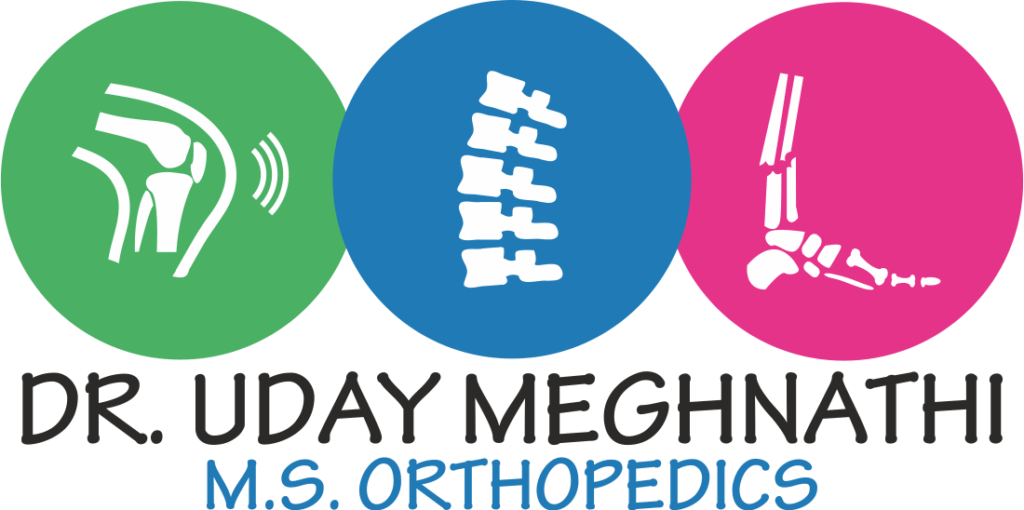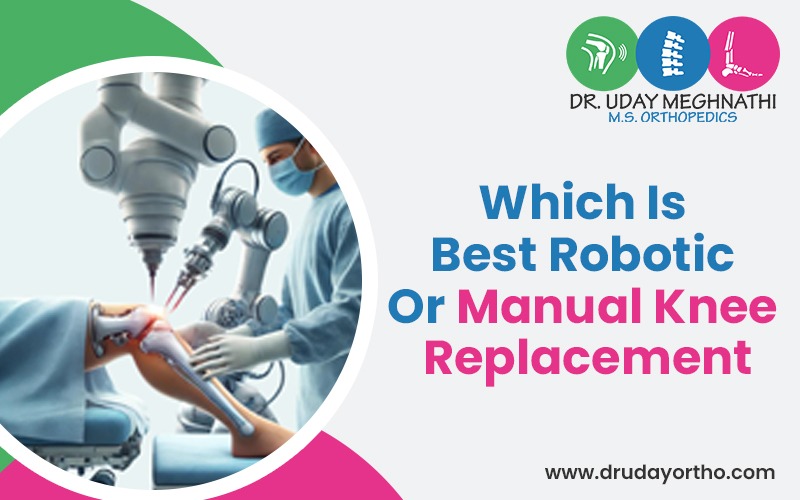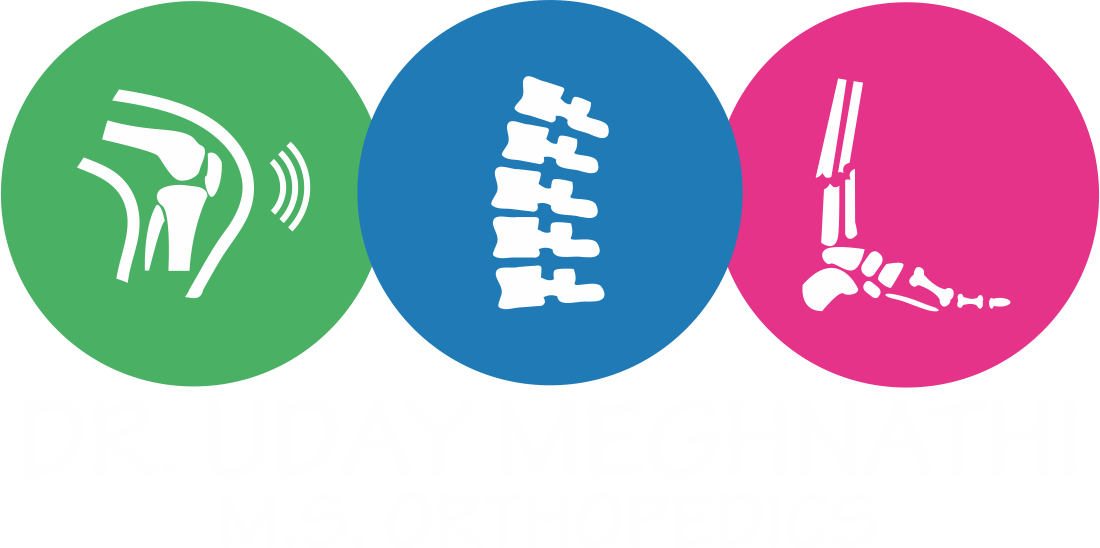Partial knee replacement or a complete knee replacement is recommended in case the patient’s knee is dysfunctional or has associated pain and swelling. There can be many root causes behind these symptoms, such as joint overuse, rheumatoid arthritis, osteoarthritis, or injury. Robotic knee replacement surgery is an excellent example of modern science. Robotic arms are used to cut through bone and assist the doctor during the surgery. However, many patients still prefer manual surgery over robotic surgery due to a lack of trust in machines. In this blog, we will analyse the pros and cons of robotic and manual surgery and decide which is better.
What is a Manual Knee Replacement?
A manual knee replacement surgery is where an expert joint replacement surgeon in Vadodara performs a critical surgery and replaces parts of or the complete knee with a plastic, metallic, or ceramic counterpart. The surgery is performed with a team of expert doctors, and no robot is involved. This traditional knee replacement has been used for ages to treat knee joint-related conditions. Patients mostly request it as expert professionals perform it, as it is cost-effective, easily available, and has a proven track record.
Read:- Why Do I Need Exercise After Total Knee Replacement (TKR)?
What is a Robotic Knee Replacement?
Robotic knee replacement, also known as robot-assisted surgery, is an advanced medical technique that combines the expertise of the doctor and the precision of a robot. The robot aids the surgeon in cutting through the bone, removing the cartilage, and placing the substitute components with accuracy. Robot-assisted surgeries are highly precise and less invasive, resulting in faster recovery.
Comparison of Robotic and Manual Knee Replacement.
| Aspect | Robotic Knee Replacement | Manual Knee Replacement |
|---|---|---|
| Precision | Highly precise; uses 3D imaging and robotic guidance to align implants with minimal error | Relies on the surgeon’s skill and manual techniques; higher chance of small variations |
| Customization | Patient-specific planning based on CT/MRI scans; implant placement tailored to anatomy | Standard surgical guides; less personalised implant alignment |
| Surgical Accuracy | Consistent accuracy with robotic assistance; reduces risk of human error | Accuracy depends on the surgeon’s expertise and experience |
| Recovery Time | Little earlier than the manual, due to less soft tissue damage and better implant fit | May take a bit of time due to the higher risk of tissue disruption |
| Technology Dependence | Heavily depends on the robotic system, software, and maintenance | Independent of technology, equipment is simpler |
| Cost | More expensive (robotic system, imaging, consumables) | Relatively less expensive |
| Availability | Limited to advanced hospitals with robotic systems | Widely available in most hospitals |
Conclusion
Manual surgeries may take time to recover, but they are performed completely by experts and professionals. It also depends on your condition and the progression of the disease to decide whether you need robotic surgery or not. In case of manual surgery, trust Dr Uday Meghnathi, a top orthopedic surgeon in Vadodara Manjalpur. He has a deep experience in performing knee replacement surgeries and has set an excellent track record. He believes in compassionate healing and does not recommend heavy procedures until necessary. Professional nurses staff his clinic, and it is also fully equipped with all modern medical equipment. Call us to book your appointment now!
Checkout:- How Long Does It Take To Recover From Total Knee Replacement Surgery?


